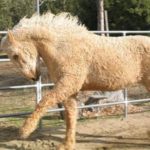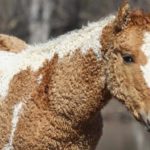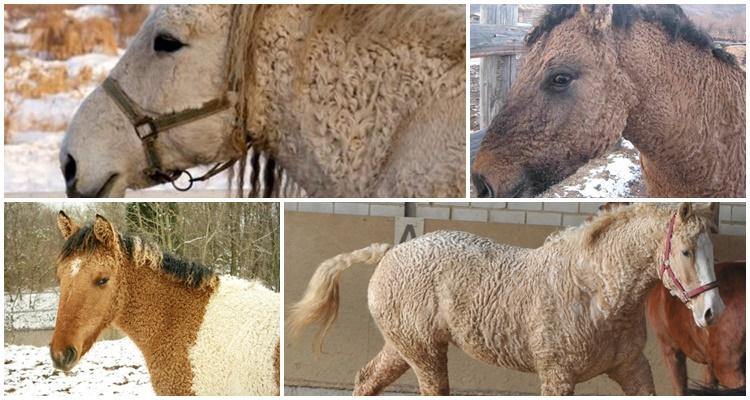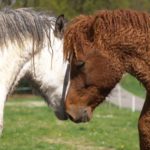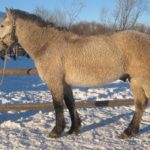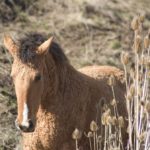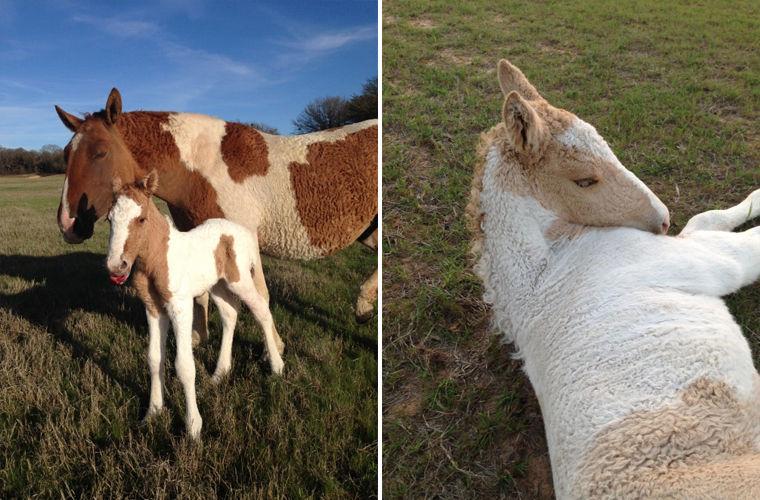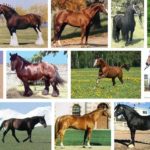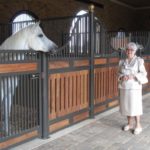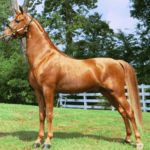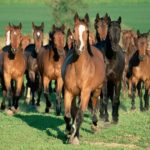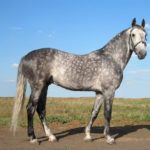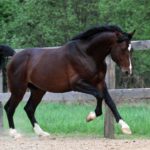Transbaikalian curly horses are an indigenous breed. Nomads were breeding it as early as the 1st millennium BC. The animals are characterized by small stature and amazing endurance. They are undemanding when it comes to nutrition and do not get tired when working under the saddle. In order for animals to develop normally and not get sick, they need to be properly cared for.
Origin of the breed
The standard for this breed was developed in 1940. Moreover, its formation took place at the end of the nineteenth and beginning of the twentieth century.Transbaikal curly horses come from Mongolia. Until the 17th century, they were almost no different from their ancestors.
The main selection work was carried out in Transbaikalia - on the territory of the Chita region. There the animals acquired unique qualities that distinguished them from their Mongolian ancestors.
Characteristics and description of the Transbaikal curly
Representatives of this breed are characterized by an unusual appearance. The horse's body is covered with curly hair, which resembles sheep's. Transbaikal horses are characterized by a calm disposition. They are flexible and do not require specific care. Horses are people-oriented. They walk great under saddle. If necessary, horses can be used as pack animals.
Horses of this breed are considered quite stocky. The height of stallions at the withers does not exceed 1.4 meters. A distinctive feature is considered to be curly fur, reminiscent of astrakhan fur. The suit may be different. At the same time, breeding work is aimed at restoring natural colors. They imply the presence of spots and stripes on the body.
Transbaikal horses have a large head with a wide forehead. They are characterized by a short and massive neck. It is complemented by a moderately wide chest and an elongated torso. Representatives of the Transbaikal breed are distinguished by short legs and wide hooves.
Positive and negative sides
The main advantages of the breed include:
- ability to work, regardless of the scope of use;
- ease of care;
- calm disposition;
- endurance during long trips;
- resistance to frost - horses quickly adapt to climatic conditions.
The breed has no significant disadvantages. The only drawback is the need for regular brushing.
Scope of application
This breed is versatile. The animals are considered very hardy. Therefore, they are used for agricultural work in villages located closer to Siberia. Horses tolerate harsh winters well. In addition, not too hot summer weather suits them.
Animals can pull plows or carts for hours. Moreover, they are able to work even when the temperature drops to -40 degrees.
The horses walk well under saddle. They are characterized by soft gaits. Transbaikalian curly-haired horses can be used for initial training in horse riding. The animals do not throw off their riders and quickly get accustomed. At the same time, it is not recommended to use horses for big sports. They can jump no more than 1 meter. In dressage, only transitions from canter to walk or vice versa are possible. Therefore, representatives of this breed are practically never found in the stables of equestrian clubs.
Requirements for maintenance and care
Transbaikalian curly horses are short in stature. Therefore, they do not need large stalls. A room of 2x3 square meters is enough for 1 individual. It is important to ensure that the horse can turn around freely.
Many stables are equipped with so-called balconies. They represent exits to the street. There should be an area with hayfields and a garden, which consists of fruit trees. There is no need to shoe the hooves of these horses. This should be done at will. It is important to take into account the conditions in which the horse lives.For constant training, horseshoes are needed. In such a situation, it is important to clean them from dirt 2-3 times a week.
If the horse lives in a village, horseshoes are not required. To prevent inflammatory processes, it is enough to wash the lower part of the limbs once a month. To do this, it is recommended to use a soda or saline solution.
Transbaikal horses have curly hair. However, it is quite short. Therefore, it is recommended to comb only the tail and mane. At the same time, it is worth systematically removing thorns and other vegetation from the body that animals collect while walking or working in the field. It is recommended to wash wool at intervals of 1-2 months. It is recommended to use special shampoos.
Diet planning
The basis of the animal's diet is hay, oats, and straw. They should also be given supplements. These include muesli and ordinary table salt. It is worth distributing feed taking into account the age category, loads, and areas of use of the animals. Adults require 8-10 kilograms of hay per day.
Muesli is recommended to be used exclusively in winter. During this period, animals experience a lack of vitamins. Equally important is the availability of freely accessible water. It is recommended to water horses at least 3-5 times a day. This should be done after eating.
Animal breeding
The mating season for these animals begins in the spring. Moreover, they are able to reproduce throughout the year. Mating is of a herd nature. It is worth spending several days in a row. Pregnancy lasts 11 months. In this case, a maximum of 2 cubs are born. In 95% of cases, 1 foal is born. The female feeds him with milk for six months. After this, the animals are placed in different stalls.
Frequent illnesses
A characteristic feature of Transbaikal curly horses is considered to be weak lungs. Therefore, they cannot be given water after training or competitions. In addition, animals can suffer from tuberculosis, eczema, leptospirosis, anthrax and other pathologies characteristic of horses. Timely vaccination and proper care help to avoid problems.
The Transbaikal curly breed of horses has many advantages. These animals are distinguished by a high degree of endurance and have an unusual appearance. To successfully raise such horses, they require high-quality care.

